F-shaped aluminum profile
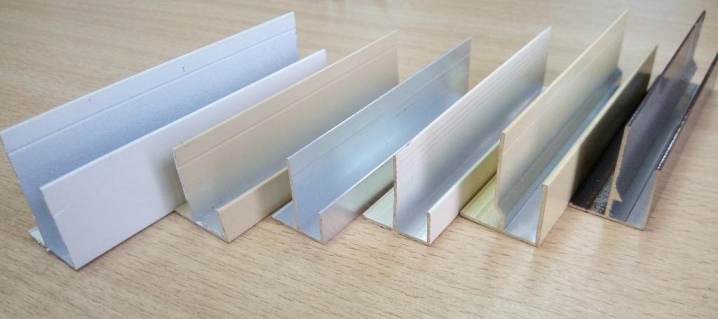
The F-shaped aluminum profile is very widely used for fixing panels, composite and other purposes. There are 4 and 10 mm profile options, which have their own characteristics. It is also worth understanding their positive and negative properties.
What it is?
F-shaped aluminum profile is a product obtained on the basis of aluminum alloys. Almost all manufacturers use alloys 6060 and 6066. The typical length of the lamella is 6000 mm. By default, the profiles are either not painted or supplied with an anodic coating, which is characterized by increased decorative effect. At the request of customers, powder coating is carried out - in this case, the choice of colors is practically unlimited.
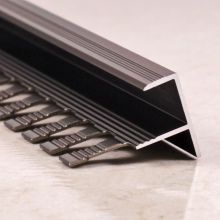

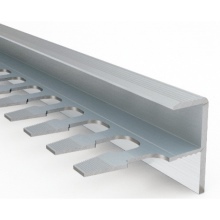
A profile with a 4 mm groove is designed, as it is easy to understand, for the attached material up to 4 mm thick. The usual length of such products is 4.5 m. There are also variants of 8x10 mm and under 10 mm. Most often, the profile is obtained by cold bending. In any case, it must, of course, meet the strictest norms of Russian and world standards, which is always supported by a certificate. The profile is treated with polymer mixtures. For particularly difficult operating conditions, enhanced processing is carried out.
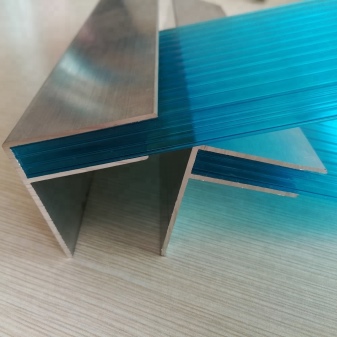
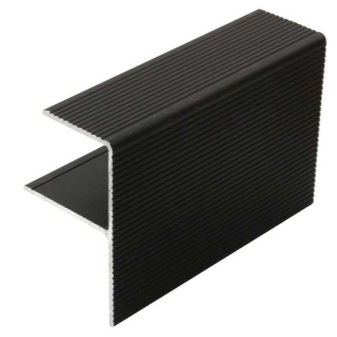
A quality product lasts a long time. Responsible manufacturers always provide consulting support. Proven technologies mean the use of high-quality raw materials and high efficiency in order execution, ease of installation.
Advantages and disadvantages
The main advantages of an aluminum profile:
- relatively low specific gravity;
- high hardness and strength;
- zero risk of corrosion;
- no danger of magnetization;
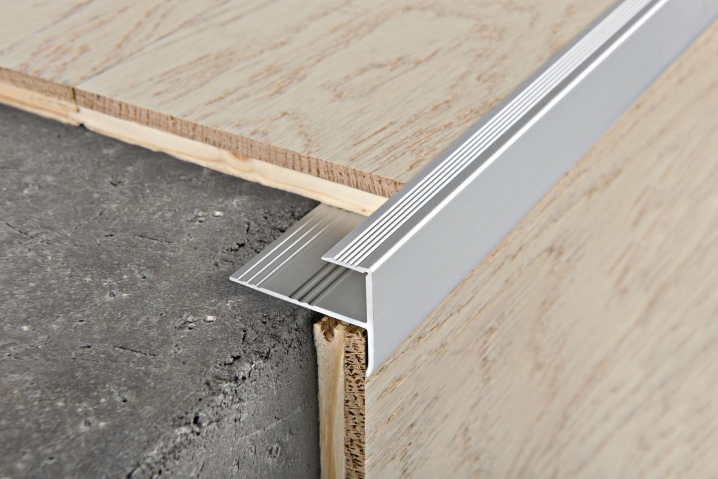
Among the shortcomings, it can be noted:
- the likelihood of chemical reactions in contact with another metal;
- high thermal conductivity (but this is a common feature of metal products).
Scope of use
F-shaped aluminum profiles are widely used. So, it is often taken to clad facades. But the same block will come in handy in decorative edging of volumetric details. This is very important when creating a number of advertising designs.
Often an aluminum profile is purchased for polycarbonate panels (sheets). In this case, the thickness of the polycarbonate sheet should not exceed 16 mm.
The profile is made in such a way that even small icicles do not appear at the end. But you can also use profiles:
- for composite fixing (aluminum composite panels);
- to complete the finishing of the window slope;
- when receiving the outside of the volumetric letters;
- as the outer frame of a decking deck;
- when installing on the perimeter of a step or staircase, tiled or porcelain stoneware;
- when strapping the body of trucks;
- as an element of exhibition construction.
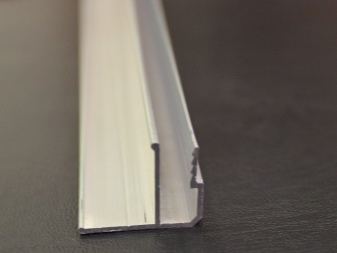
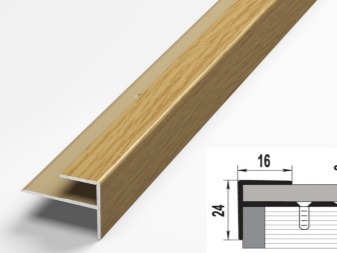
Each of these cases may have its own subtleties. So, if we are talking about installing aluminum composite panels, then their thickness should be 3-4 mm. Otherwise, the profile is completely unusable. The same requirement applies to the use of other plastic sheeting, whether inside or outside buildings. Any mechanical load on the profile is unacceptable, since it is designed purely for a decorative effect.
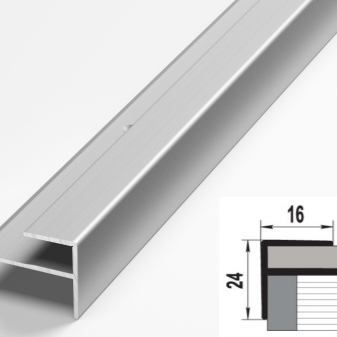
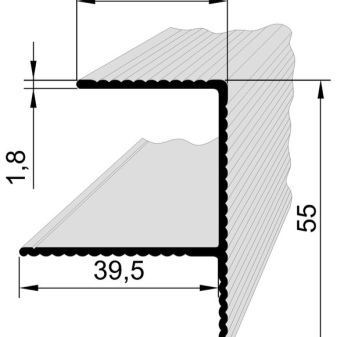
At the request of the customer, the product is rolled (rolled) along the radius using industrial mechanical rolls. Typical color is non-anodized silver. When finishing window slopes, the profile is fixed with liquid nails.The filler is chosen at your discretion. However, the most commonly used are:
- PVC panels;
- sandwich panel;
- plasterboard sheets.
In order to form volumetric letters, the profile is covered in advance with a polymer composition. The height of the product for installation on the edge of a step or staircase during the cladding process can be 9 or 11 mm. Its standard length is 2.5 or 2.7 m. For your information: instead of aluminum structures, profiles based on polished, chrome-plated brass can also be used here.
If an aluminum profile is used to strap a truck body, then a corner with a section of 100x100 mm is mainly used. The connection is made with glue or steel rivets. They are mounted strictly from the inside.
Such profile structures greatly simplify design and installation. Importantly, they also provide a solution to tasks that are unattainable with other cladding devices.
It is also necessary to point out such important areas of application as:
- registration of the entrance group;
- preparation of partitions inside the building;
- decoration of modern facades during the construction of a new or reconstruction of an old building.
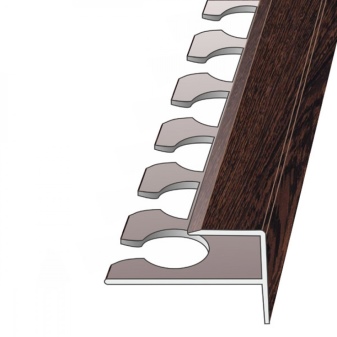
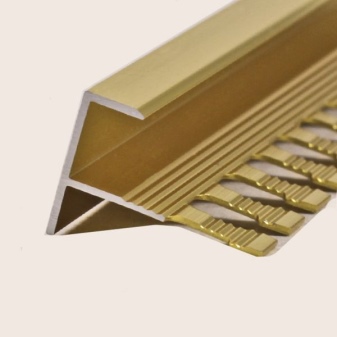













The comment was sent successfully.